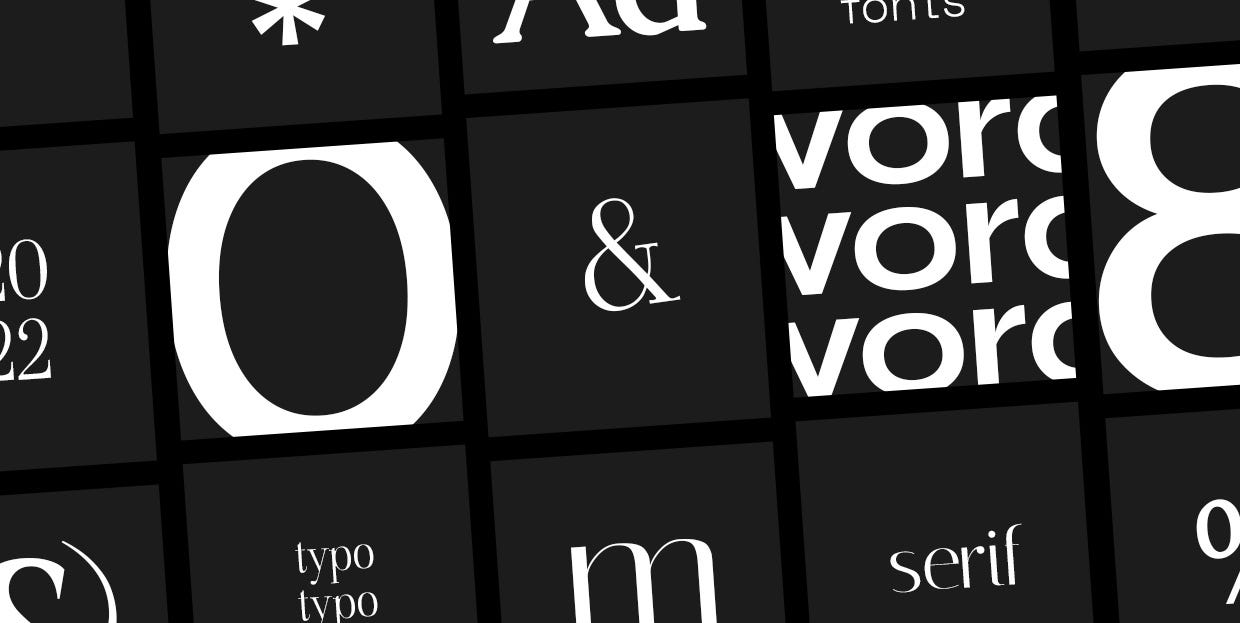
For example, ClearType enhancement renders text on the screen in Microsoft Word, but text placed in a bitmapped image in a program such as Adobe Photoshop is not. ClearType does not alter other graphic display elements (including text already in bitmaps). Only user and system applications render the application of ClearType. The compromise can improve text appearance when luminance detail is more important than chrominance.

Like most other types of subpixel rendering, ClearType involves a compromise, sacrificing one aspect of image quality (color or chrominance detail) for another (light and dark or luminance detail). This increases edge contrast and readability of small fonts at the expense of font rendering fidelity and has been criticized by graphic designers for making different fonts look similar. ClearType also uses very heavy font hinting to force the font to fit into the pixel grid.

ClearType uses spatial anti-aliasing at the subpixel level to reduce visible artifacts on such displays when text is rendered, making the text appear "smoother" and less jagged. Computer displays where the positions of individual pixels are permanently fixed – such as most modern flat panel displays – can show saw-tooth edges when displaying small, high-contrast graphic elements, such as text.


 0 kommentar(er)
0 kommentar(er)
